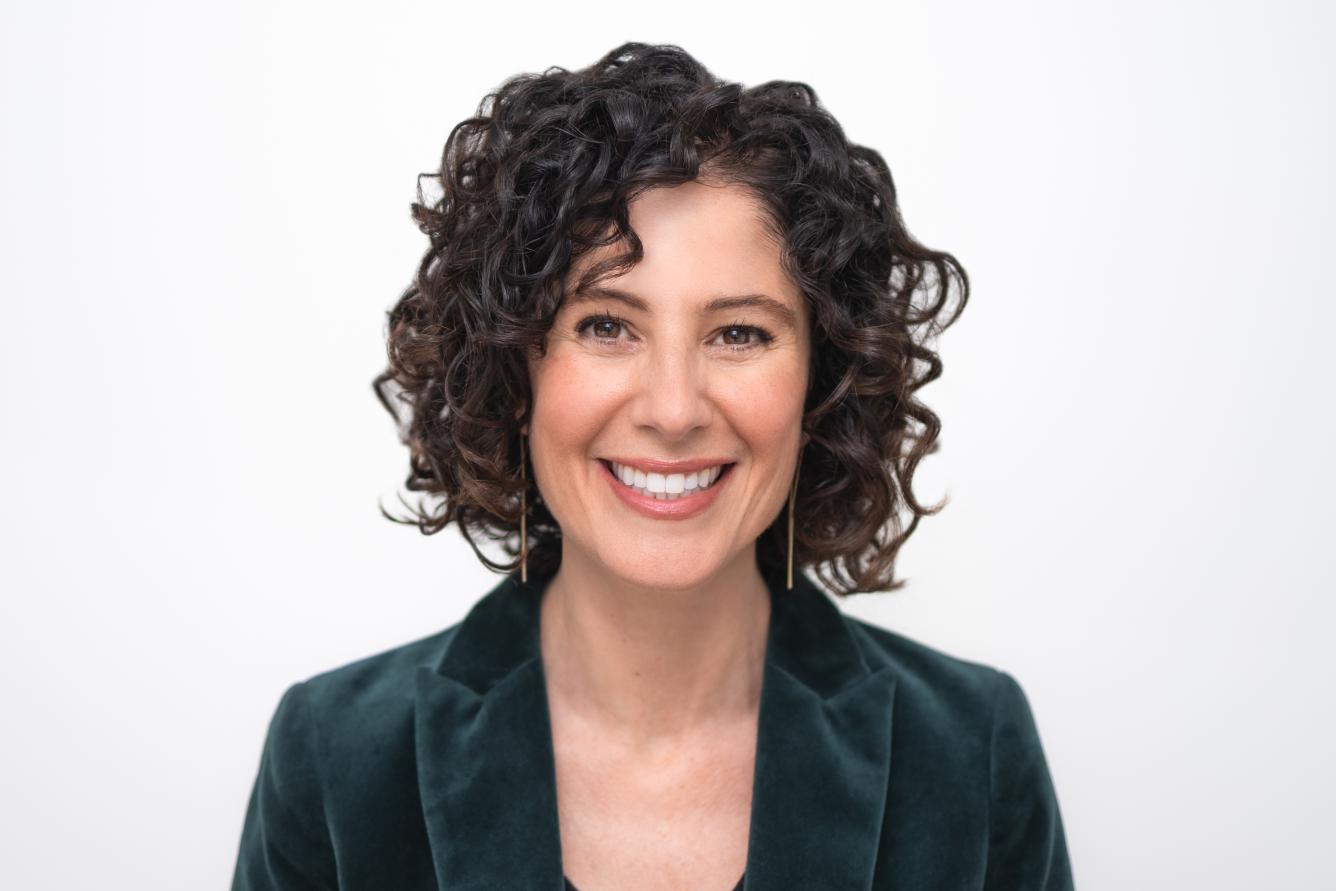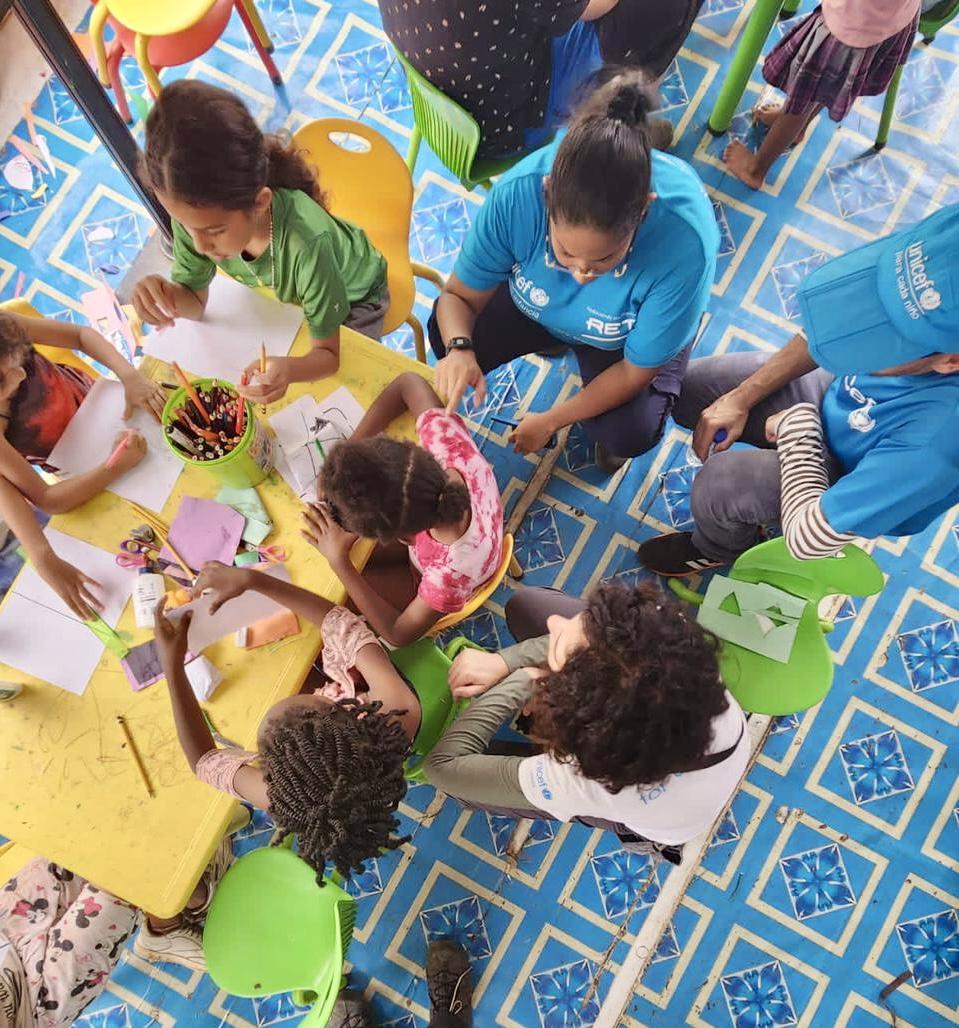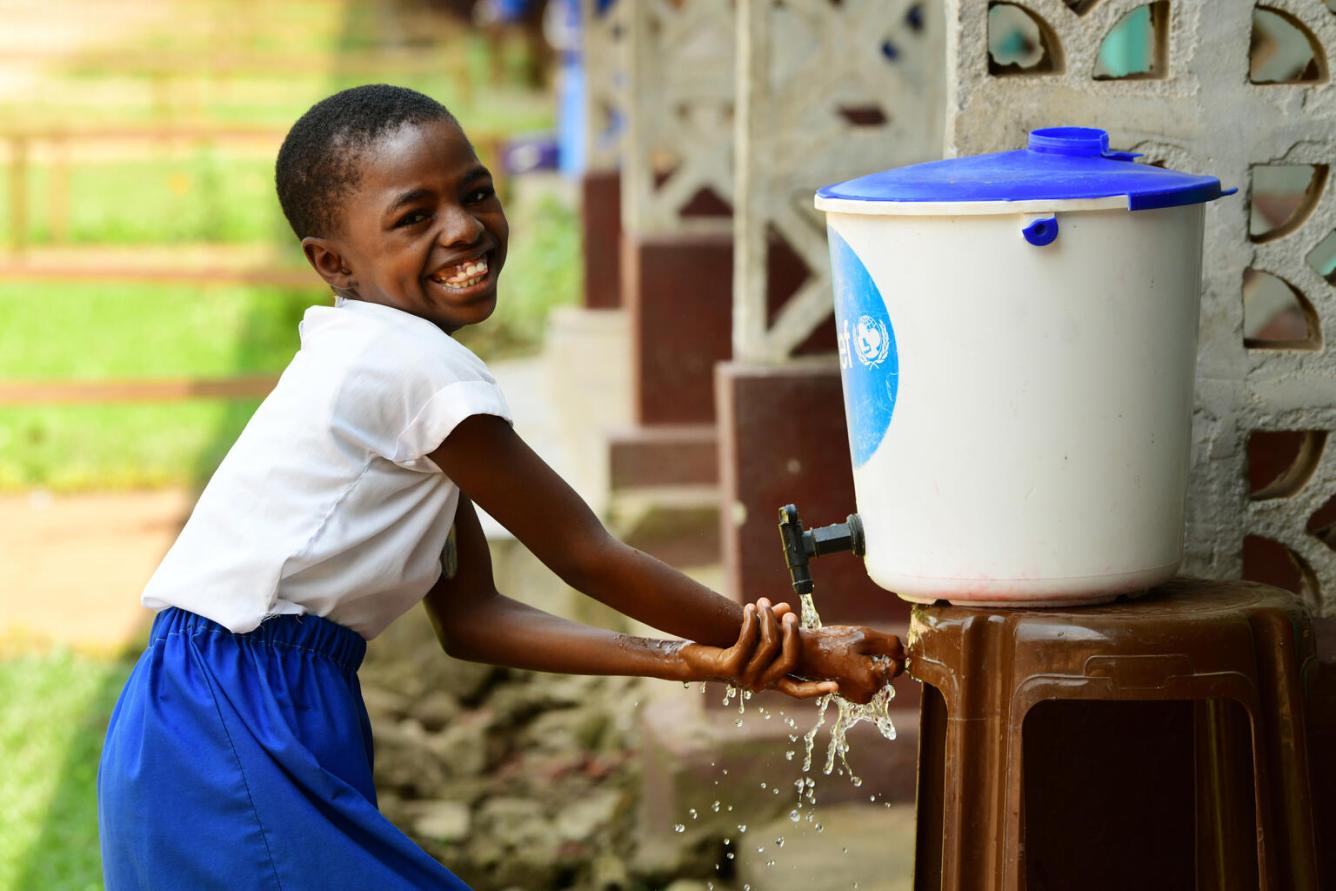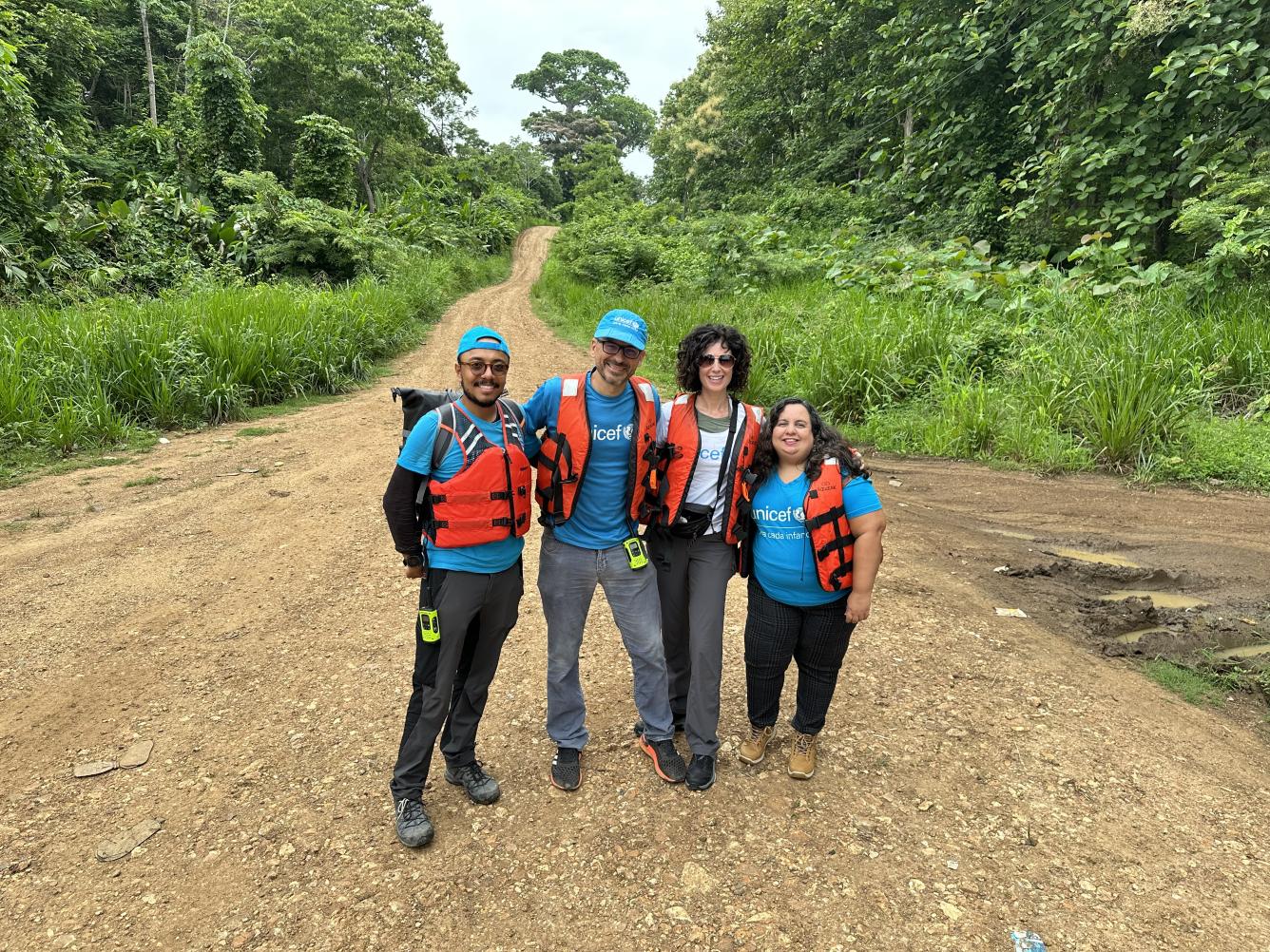Q&A with UNICEF Canada President and CEO, Sevaun Palvetzian

As you start in your role as President and CEO of UNICEF Canada, what are you most excited about?
Growing up there was one organization that shaped how I thought about the world more than almost any other: UNICEF.
UNICEF had a seat at our dinner table as my parents described how the work under the humanitarian tents helped the world’s children who faced the most unimaginable circumstances. It was a lens through which we learned about and saw the world. It was the first example of collective impact I knew.
UNICEF was also with us on Halloween night as the orange donation boxes hung from our costumed necks. It played a role in our classrooms as it brought stories and data into our understanding of geopolitics, history and children’s rights. As a professional, I’ve read UNICEF Canada’s Report Card each year to understand the state of child and youth well-being here at home.
It’s a privilege and honour to lead this organization today. As we watch the geopolitical table being reset, conflict rage in new corners of the world and climate change create unprecedented need for children, I cannot imagine a more important role at a more important time.
A few weeks in, what are your first impressions and observations so far?
I’ve spent my first several weeks meeting with our incredible team and board, our partners, diving into the issues and getting out to see our work in action. The passion that people have for our work is palpable – and contagious.
I’ve been blown away by the technical expertise of the UNICEF team. At every level we have the world’s best tackling the issues affecting children. From working to end child marriage (globally, 1 in 5 girls is married in childhood or adolescence) to providing access to safe water despite punishing circumstances, I’m in awe of UNICEF’s team of specialists and the global best-in-class models that drive our work.
I got to see that up close on my recent visit to the Darien Gap, the southern tip of Panama connecting North and South America. The Darien Gap is one of the most dangerous migration routes on earth. A couple of years ago very few people even attempted the 100-kilometer jungle journey – and those who did try were largely single adult men. Last year, more than 40,000 children crossed the Darien Gap. The punishing conditions of the Darien Gap are hard to overstate. Swamps. Steep, mountainous rainforests. Deadly insects and snakes. Unpredictable rivers of undrinkable water. Mud that binds you. Sexual violence, homicide and theft. It’s hard to imagine anyone – let alone young children – making that journey but I met several who had. One of our team members in the UNICEF children’s tent in the Lajas Blancas migration centre told me, “The jungle steals part of their childhood. But here, we put some of it back in.” UNICEF touches lives in ways many of us can’t even imagine.

How does being a mother to two daughters feature in your work at UNICEF Canada and working for children overall?
To me, family is a verb. I’m a Chief Mom above anything else and it absolutely shapes how I see the world. My girls have been raised with the dinner table as their first classroom and the world as their curriculum. We’ve had countless conversations (their friends join in too!) about the inequity that pierces and punctuates childhood for too many.
As a mother, I feel a deep sense of personal connection with the mission of a child-serving organization. We all love our children; but our ability to provide for them is profoundly unequal. I feel very privileged to be part of the UNICEF family which works tirelessly to ensure that every child has a chance to reach their true potential.
Each child is entitled to the basics like education, healthcare, protection, safe water and nutritious food. But every child is also entitled to opportunities that will enable them to control their own future rather than have it dictated by circumstance alone. UNICEF helps close those gaps like no other organization on earth. I’m grateful to be here to help close even more.

You have a diverse professional background having worked as an executive for the government, the corporate sector and for non-governmental organizations – how will these experiences shape your work here at UNICEF?
In the 21st century, global impact is a team sport. The complexity of the challenges that we face cannot be fairly tackled by one sector alone. I’ve been fortunate to have a diverse career across many sectors. This has given me unique perspective into the levers for change that government, NGOs and companies have available to them – and how they can be pushed for lasting impact where it’s needed most.
From child protection to climate change, global challenges do not stop at borders or shores. Fortunately, neither does the work of UNICEF. I’ve been able to see up close how the concept of scale gets super-sized and redefined by the work of UNICEF. Our partnerships help to enable that – with governments, business, community leaders and elders, families, young people and our many supporters across Canada. We need that growing cavalry to try to keep pace with growing need: since 2015, there are three times as many people in the world who find themselves in need of help.
UNICEF is there when disaster strikes but it’s been incredible to see how we’re also there in partnership with governments to embed sustainable change for children. What a powerful lever this is. One Country Office leader told me, “UNICEF is often the first or only call” from local governments building out supports for children. An example of this right now is in Cambodia – where we’re working to train and grow the social service workforce so that there are professionals at the community level focused on child protection, and that provincially and nationally there is a framework to prioritize this.
Given we work in humanitarian aid and international development, UNICEF’s efforts have a direct and multiplier effect. That excites me.

